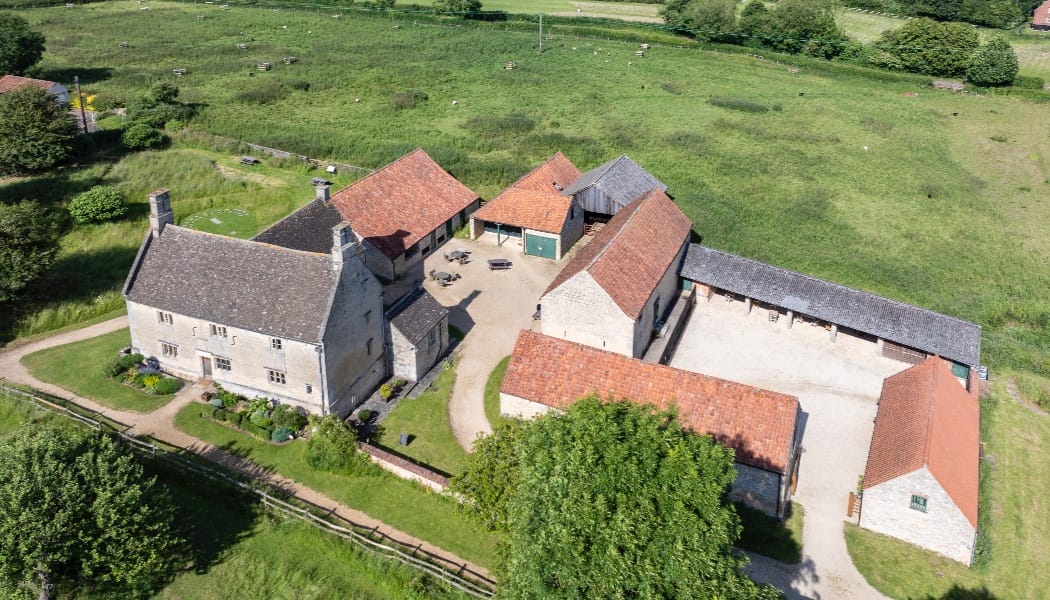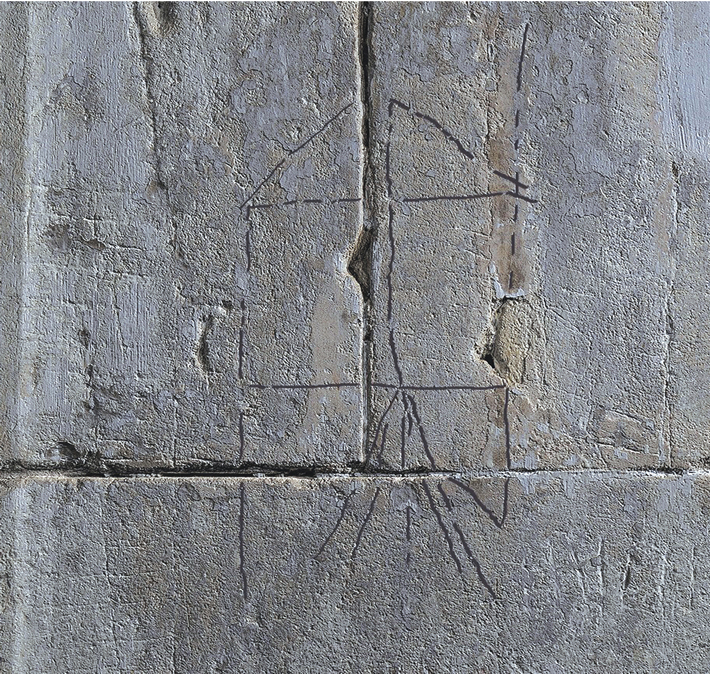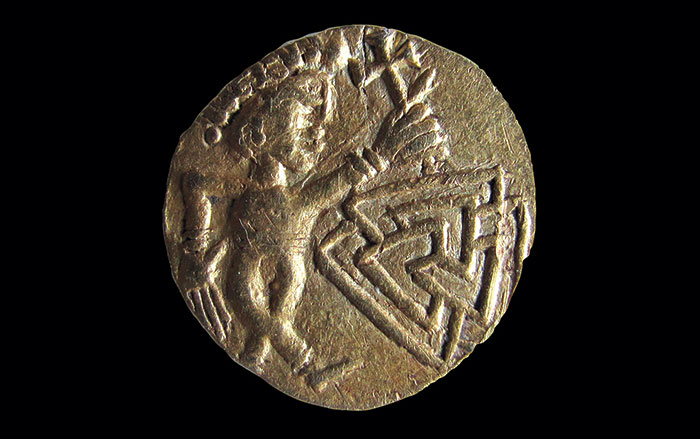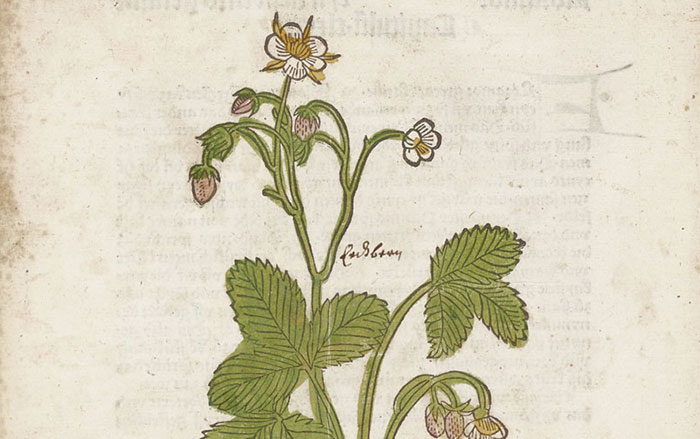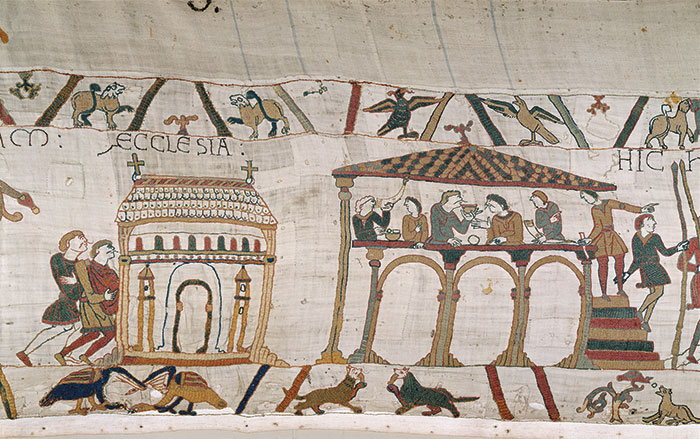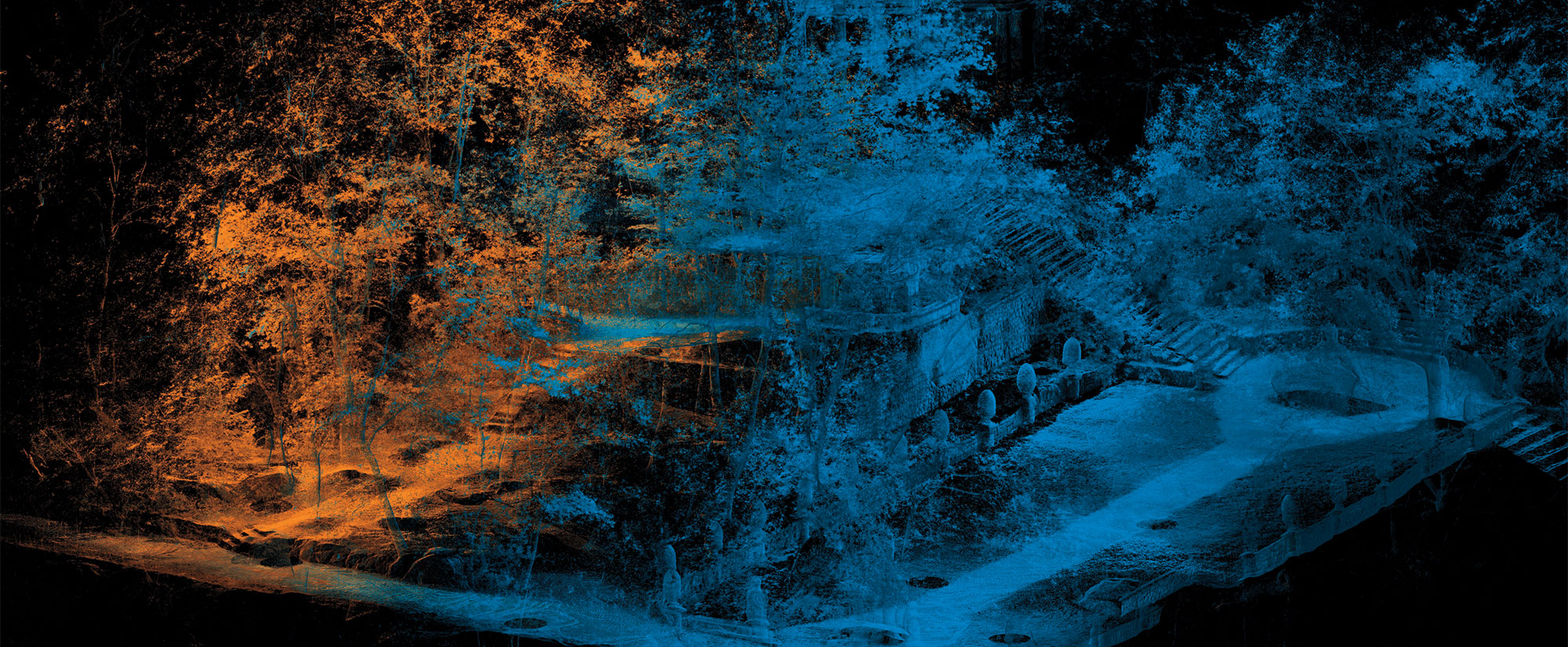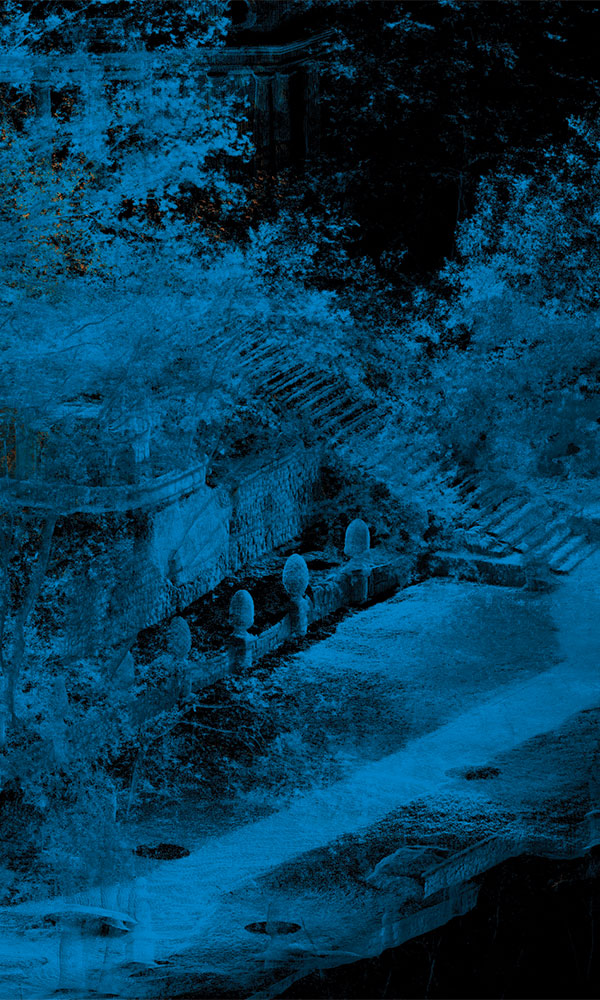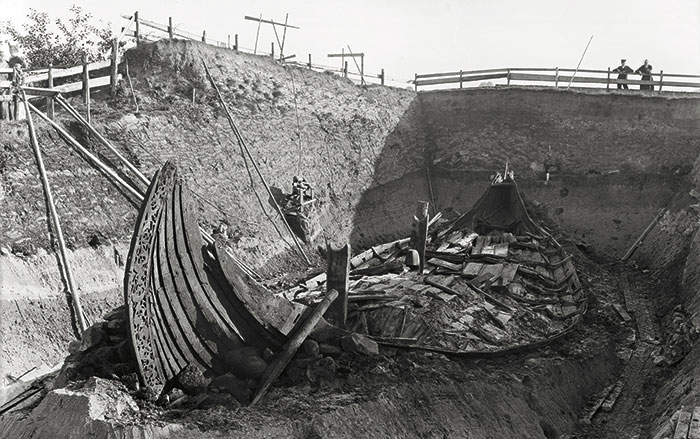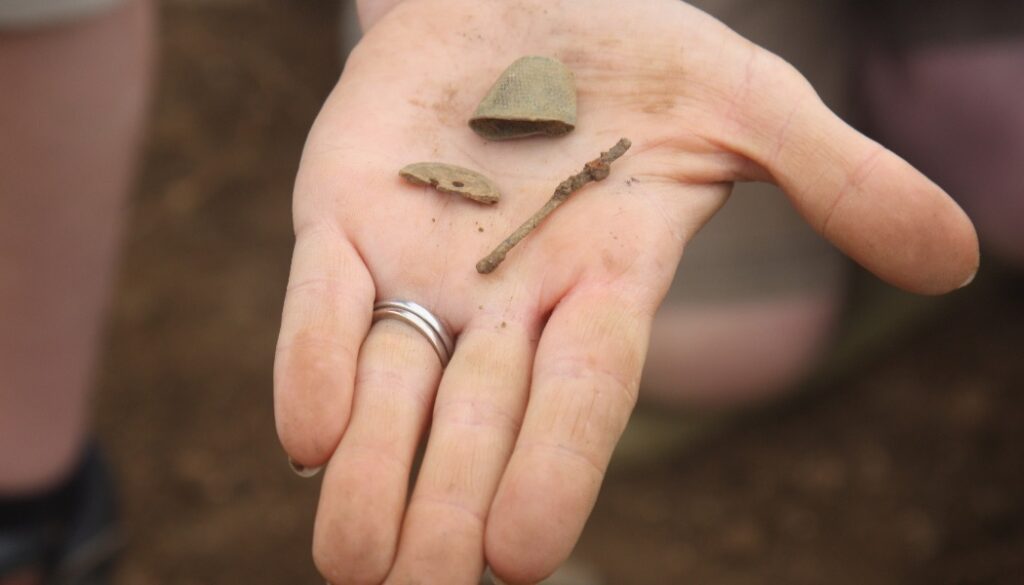
WOOLSTHORPE MANOR, ENGLAND—According to a statement released by Museums + Heritage, archaeologists are peeling back layers and recovering materials that are providing new insight into the daily lives of Sir Isaac Newton and his family. A collaborative team from the National Trust and York Archaeology have joined together to excavate the grounds of Woolsthorpe Manor near Grantham, Lincolnshire, where the famous scientist was born and raised by his grandparents. The investigation is particularly focused on locating the site of the house belonging to Newton’s mother, Hannah, which was built around 1653 but destroyed by a fire in the early 1800s. Thus far, researchers have uncovered a number of everyday objects that likely mark the structure's location, including butchered animal bones, thimbles, gaming tokens, Staffordshire slip tableware, and an unusual fragment of a seventeenth-century jug featuring the face of a bearded man. These are continuing to offer a small glimpse into the daily activities of the Newtons. Many of Sir Isaac’s great scientific achievements occurred at the estate, where he was sent back to live for 18 months after Cambridge University closed its doors due to a plague. “Uncovering and rediscovering stories of the past as we dig down is always a fascinating process, but even more so when you are looking for something connected to one of the best-known scientists of all time, Sir Isaac Newton,” said York Archaeology’s Laura Parker. To read about a drawing made by Newton that conservators previously found inside the manor, go to "Newtonian Whiteboard."


